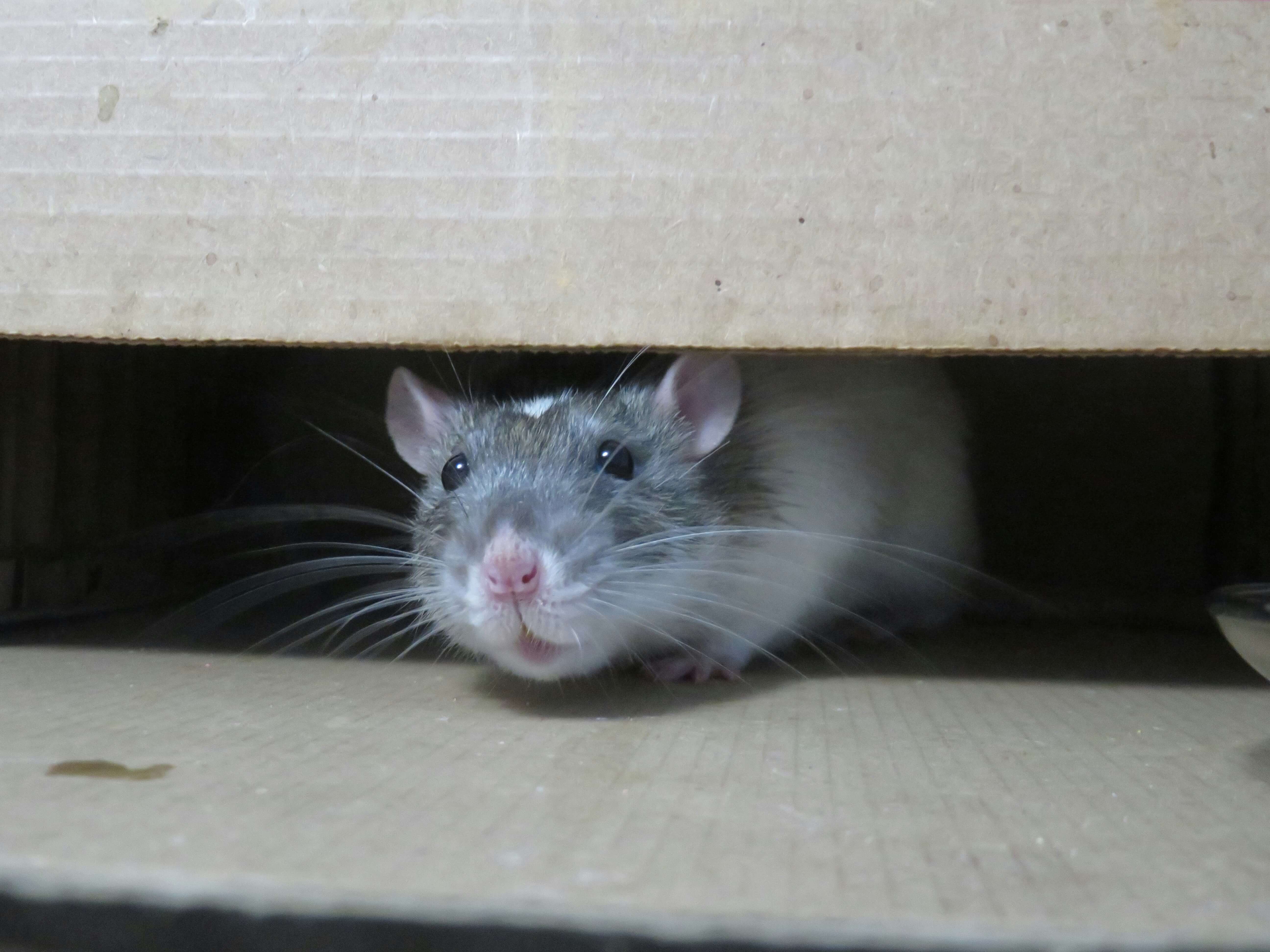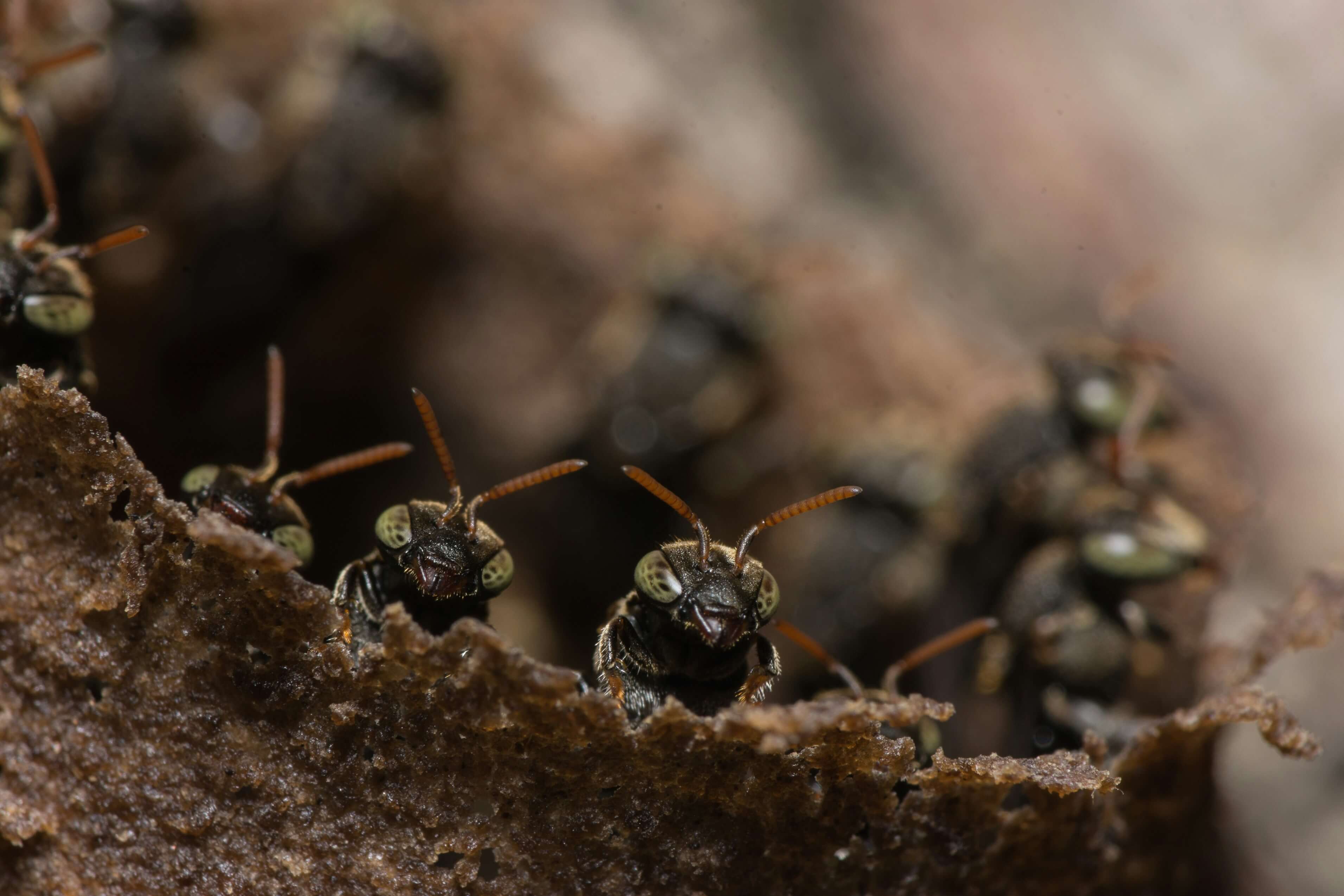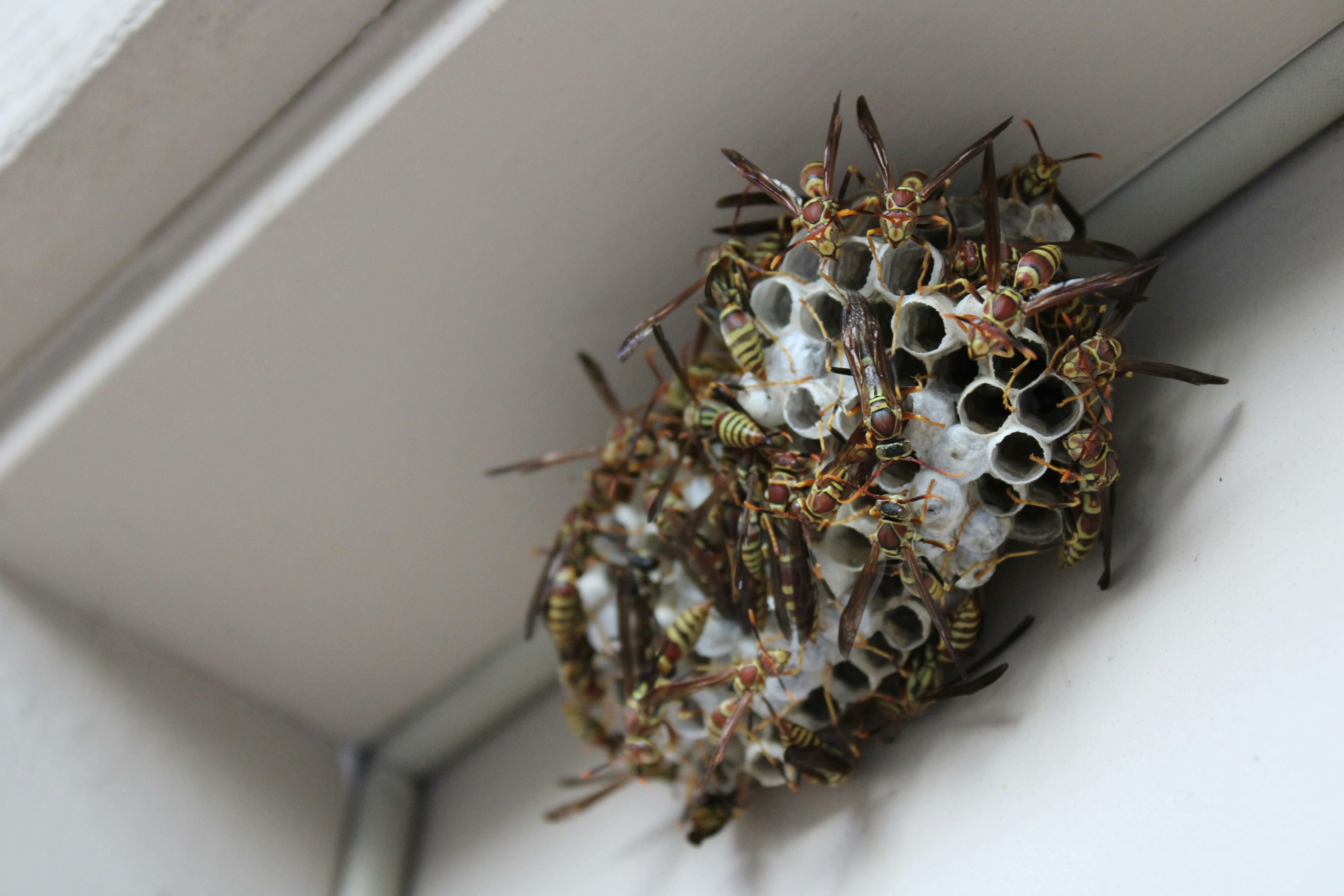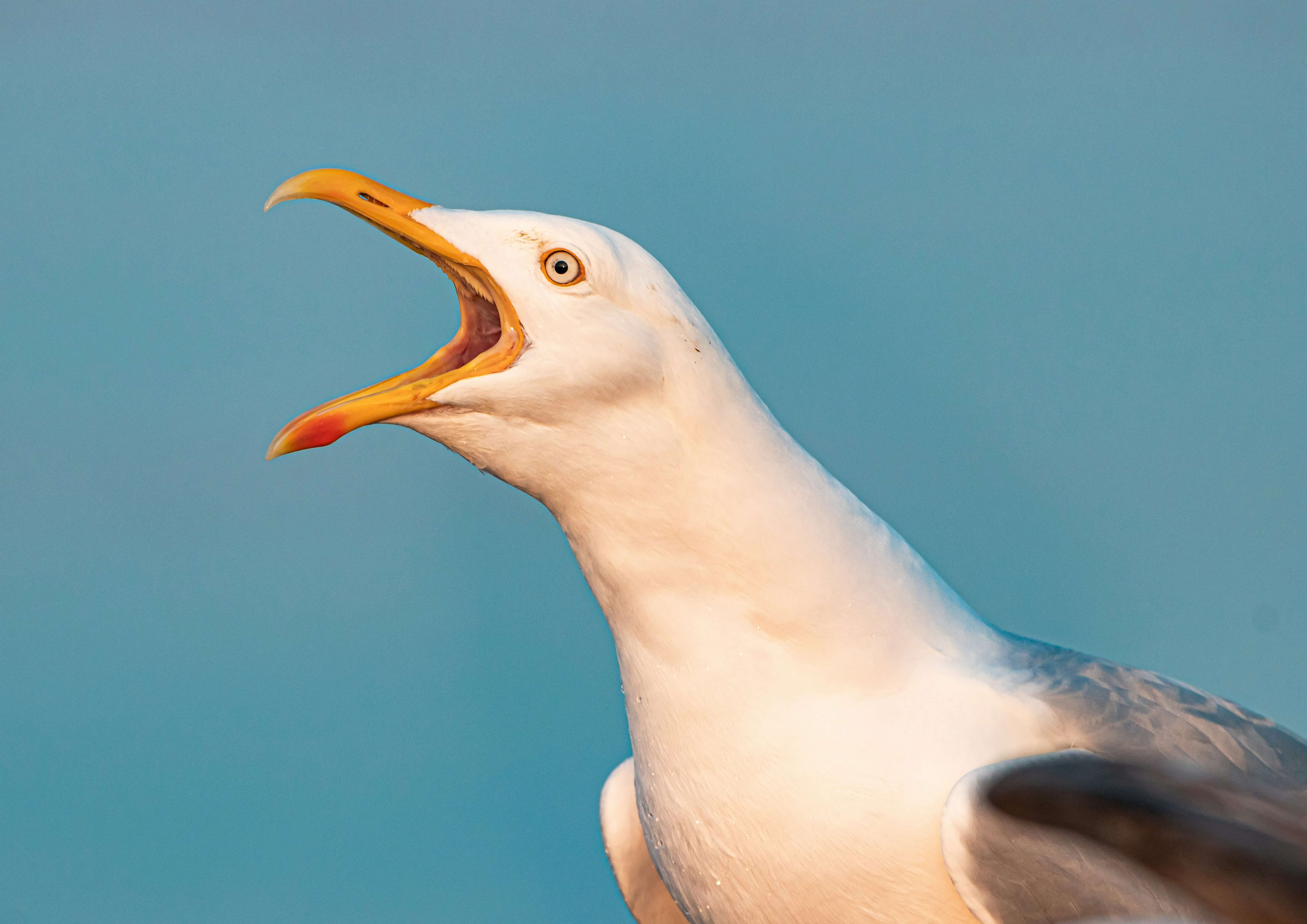Pest Wiki
Your resource from Nearby Pest Control for understanding common pests. Learn to identify signs and understand behaviours to better protect your property in Suffolk.
Knowledge is Power in Pest Control
At Nearby Pest Control, we believe an informed customer is better equipped to deal with pest issues. Our Pest Wiki aims to provide valuable information about common pests, their habits, and the problems they can cause. While this wiki offers general knowledge, always consult with our professionals for accurate diagnosis and effective treatment in Suffolk.

Rodents, including rats, mice, and squirrels, are common pests that can cause significant problems in residential and commercial properties. They are known for their gnawing habits, which can damage structures, wiring, and stored goods. Rodents are also carriers of various diseases. Understanding their behaviour is key to effective control in Suffolk.
Common Types in Suffolk:
- Rats (Brown Rat, Black Rat)
- Mice (House Mouse, Field Mouse)
- Squirrels (Grey Squirrel)
Signs of Infestation:
- Droppings: Small, dark pellets found along runways, in cupboards, or near food sources.
- Gnaw marks: Damage to wood, plastic, cables, and food packaging.
- Nests: Shredded paper, fabric, or other soft materials in hidden areas.
- Tracks and runways: Smudge marks or footprints along walls or dusty surfaces.
- Noises: Scratching, gnawing, or scurrying sounds in walls, ceilings, or under floors, especially at night.
- Odour: A persistent stale or ammonia-like smell, particularly from mice infestations.
Potential Risks:
- Disease transmission: Salmonella, Leptospirosis (Weil's disease), Hantavirus.
- Property damage: Chewing through electrical wires (fire hazard), insulation, pipes, and structural wood.
- Contamination: Spoiling food supplies with urine, faeces, and fur.
- Parasites: Carrying fleas, ticks, and mites into properties.
Prevention & Control:
To prevent rodent infestations in Suffolk, seal entry points, maintain cleanliness, store food in airtight containers, and manage waste properly. For existing infestations, professional help from Nearby Pest Control is recommended for safe and effective eradication and proofing.

A wide variety of insects can become pests in homes and businesses in Suffolk, including ants, cockroaches, bed bugs, fleas, moths, and spiders. Each type requires different identification and control methods. Nearby Pest Control can help identify and treat these issues effectively.
Common Types in Suffolk:
- Ants (Garden Ant, Pharaoh Ant)
- Cockroaches (German Cockroach, Oriental Cockroach)
- Bed Bugs
- Fleas
- Moths (Clothes Moth, Carpet Moth)
- Spiders
Signs of Infestation:
- Live insects: Sighting of insects in kitchens, bathrooms, bedrooms, or storage areas.
- Damage: Holes in fabrics (moths), bites on skin (bed bugs, fleas), contaminated food (cockroaches, ants).
- Droppings/Frass: Small dark spots or specks (cockroaches), fine powder (wood-boring insects), shed skins.
- Webbing: Spider webs in corners, moth webbing on fabrics or stored products.
- Odours: Musty or oily smells associated with cockroaches or bed bugs.
Potential Risks:
- Disease spread: Cockroaches and flies can carry pathogens.
- Allergic reactions: Bites from fleas, bed bugs, or stings from certain insects; dust from insect debris.
- Property damage: Moths damaging textiles, wood-boring insects damaging structures.
- Food contamination: Ants, cockroaches, and flies spoiling food.
Prevention & Control:
Good sanitation, sealing cracks and crevices, proper food storage, and regular vacuuming can help prevent insect infestations. Specific treatments depend on the insect type. Nearby Pest Control provides targeted solutions for various insect problems in Suffolk.

Wasps, hornets, and bees are common stinging insects in Suffolk. While bees are important pollinators, wasps and hornets can be aggressive, especially when their nests are disturbed, posing a risk of painful stings. Nearby Pest Control offers safe nest removal for wasps and hornets, and advice for bees.
Common Types in Suffolk:
- Wasps (Common Wasp, German Wasp)
- Hornets (European Hornet)
- Bees (Honey Bee, Bumblebee, Solitary Bee)
Signs of Infestation:
- Nests: Visible nests in attics, wall cavities, sheds, under eaves, or in bushes/trees. Wasp nests are typically papery, while bee nests vary.
- Increased activity: Large numbers of insects flying in and out of a specific point.
- Live insects: Foraging wasps around bins, food sources, or bees on flowers.
Potential Risks:
- Painful stings: Can cause allergic reactions, including anaphylaxis, in sensitive individuals.
- Property damage: Nests in wall cavities can sometimes cause minor structural issues.
- Nuisance: Disruption to outdoor activities and anxiety for occupants.
Prevention & Control:
To discourage nesting, seal potential entry points into buildings in early spring. Avoid leaving sugary foods or drinks exposed outdoors. Do not attempt to remove wasp or hornet nests yourself. Contact Nearby Pest Control for professional and safe nest treatment and removal in Suffolk. For bee swarms or established honey bee colonies, we can advise on appropriate local beekeepers for relocation.

Birds like pigeons and gulls can become significant pests in urban and suburban areas of Suffolk, causing damage to buildings and posing health risks due to their droppings. Nearby Pest Control provides humane and effective bird control solutions.
Common Types in Suffolk:
- Pigeons (Feral Pigeons)
- Gulls (Herring Gull, Lesser Black-backed Gull)
- Starlings
- House Sparrows
Signs of Infestation:
- Droppings: Accumulations on buildings, pavements, and vehicles.
- Nesting materials: Twigs, grass, and debris in gutters, on ledges, or under solar panels.
- Noise: Cooing, screeching, or chirping, especially from large flocks.
- Damage: Dislodged roof tiles, blocked gutters, and fouling of building facades.
- Feathers: Scattered feathers around nesting or roosting sites.
Potential Risks:
- Health hazards: Droppings can harbour diseases like Psittacosis, Salmonella, and E. coli.
- Property damage: Acidic droppings corrode building materials; nests can block drains and chimneys.
- Secondary infestations: Bird nests can attract insects like mites, fleas, and beetles.
- Safety hazards: Slippery droppings on walkways; birds attacking during nesting season.
Prevention & Control:
Effective bird control in Suffolk involves proofing measures such as netting, spikes, and wire systems to prevent roosting and nesting. Cleaning and sanitising affected areas is also crucial. Nearby Pest Control offers professional bird proofing services, including solar panel bird proofing, to protect your property.
Expert Advice for Suffolk is a Call Away
This Pest Wiki provides general information. For specific pest problems, a thorough inspection, or professional treatment in Suffolk, please contact Nearby Pest Control. Our qualified technicians are ready to help.